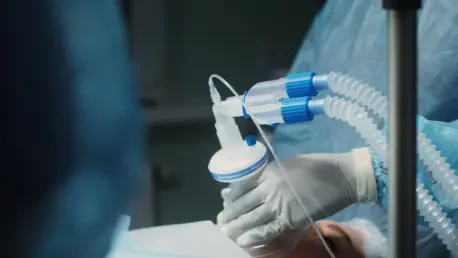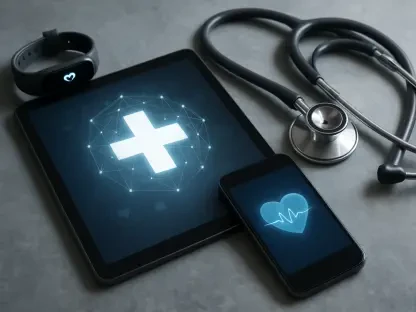The medical device industry, encompassing areas like ventilators, plays a crucial role in modern healthcare by providing essential technologies that sustain life. Recent developments regarding Medtronic’s decision to recall over 4,800 ventilators illuminate persisting challenges within this sector. These devices shut down unpredictably, risking patients’ lives and underscoring the critical nature of reliable medical equipment. The wider industry faces ongoing scrutiny due to rapid technological evolution, influential market forces, and stringent regulatory frameworks, complicating innovation but ensuring safety.
Overview of the Ventilator and Medical Device Industry
The ventilator and medical device industry is vast, driven by the urgent need for advanced healthcare solutions to treat and manage respiratory conditions. It consists of diverse segments, including surgical instruments, diagnostic equipment, and life-support systems. Technological advancements, such as artificial intelligence and data analytics, influence product innovation and market positioning. Major players, including Medtronic, navigate an intricate web of regulatory requirements to introduce safe and effective products. Regulations focus heavily on safety and efficacy, guiding how companies operate and respond to challenges like the present recall.
Examination of Industry Trends and Market Dynamics
Emerging Trends and Technologies
Several trends are reshaping the ventilator industry, including advancements in sensor technologies, demand for portable devices, and telemedicine integration. Technological innovation, such as machine learning algorithms, is propelling personalization and efficiency, enhancing patient care and outcome predictions. Consumers increasingly demand instantly accessible, reliable medical tools, driving manufacturers to focus on solutions that blend functionality with ease of use.
Market Data and Future Projections
The ventilator market is anticipated to experience steady growth as global health challenges persist. Data reveal increasing demand due to factors like aging populations and chronic health issues. Industry projections suggest a focus on enhanced functionality, portability, and integration into remote healthcare frameworks to capture emerging opportunities and cater to evolving patient needs.
Challenges and Complexities in the Ventilator Industry
Inherent complexities challenge the ventilator industry, from technological issues like component failures to stringent regulatory processes. These challenges require innovative solutions, such as improved manufacturing techniques and rigorous maintenance protocols. Companies must also address supply chain vulnerabilities and adapt to dynamic healthcare environments, prioritizing patient safety and device reliability to avert mishaps like the recent Medtronic recall.
Regulatory Landscape and Industry Compliance
Regulatory frameworks are fundamental in shaping the medical device sector, emphasizing compliance with safety standards and operating procedures. Significant regulations dictate device testing, distribution, and post-market surveillance, ensuring public health protection. Compliance involves robust security and monitoring systems to uphold industry practices and safeguard patient well-being, necessitating continuous updates to keep pace with technological progress.
Future Outlook for Ventilators and Medical Device Innovation
The industry’s future will undoubtedly be driven by innovation, new technologies, and shifting consumer preferences. Key areas like AI integration, biosensors, and data analytics will revolutionize patient care, creating novel diagnostic and management solutions. Global economic conditions continue to affect the industry, dictating investment trends and fostering groundbreaking initiatives that redefine medical practices and patient experience.
Conclusion and Industry Recommendations
The ventilator recall by Medtronic underscored the industry’s responsibility to prioritize patient safety and adhere to regulatory standards to prevent adverse outcomes. Addressing operational challenges and embracing technological innovations remains imperative for growth and patient trust. Developing robust quality assurance mechanisms and adapting to regulatory evolution are essential. Future endeavors should focus on integrating advanced technologies, enhancing product reliability, and fostering collaborations to meet global healthcare needs effectively.









